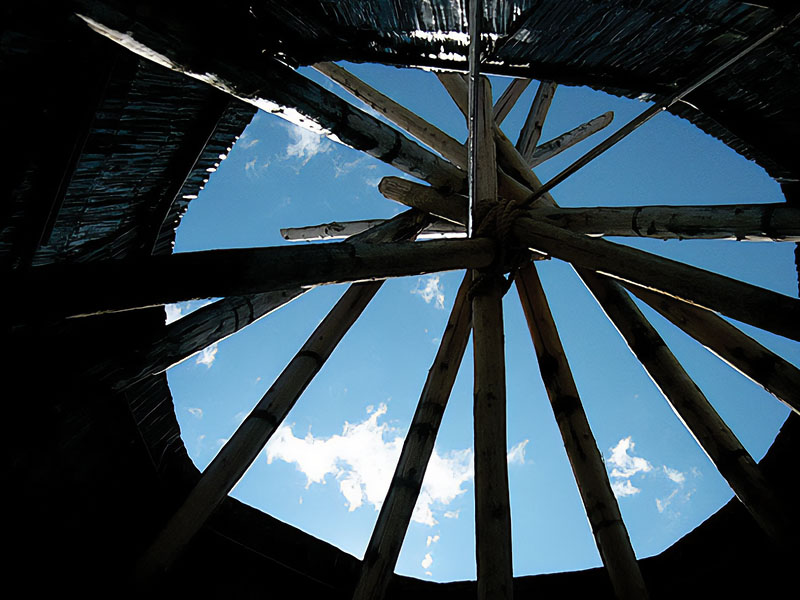The Tangible and Intangible in Folk Culture
Issue 9

Abdul-Hameed How’oas (Egypt)
Communication, in this sense, is a performance function of the verbal case, which constitutes a comprehensive mental state in relation to the style of thinking, writing, and production in the beginning. At a later time, however, the largest amount of the “folk culture” existed without the need to be recorded or written down Its survival depended solely on this verbal component and its effective mechanisms. The use of the term “folk culture” helps us stay away from confusing expressions that have been present in the field of folklore for many decades. These expressions have been negatively interpreted, confused and obscured, but still frequently used. The most widespread of the expressions are: “folk art(s)”, “folk heritage”, “folk legacy”, “folklore”, and even “folk inheritance”. In addition to the limitations of some of these expressions and the extensiveness of others (which have filled the study of folk culture with irrelevant concepts), their loose use and distortion by the media over more than half a century, have led to a diminution of their meaning, a lowering of their status, and a loss of specificity. They are no longer expressions that refer to one definite concept. In contrast, our adaptation of the concept “folk culture” deepens our methodology of the study of the popular phenomena on levels other than just that of specialization. For example, depth of study has is found at the levels of creativity, taste and appreciation on the one hand, and on the levels of activation, organization and policy-making, on the other hand. This not only attests to the sheer volume of folk, cultural action. Its continuity and range also addresses its democratic nature and broad inclusion of the creative actions of members of the folk communities. It also stresses its appreciation to differences, given that its unity is mainly based on diversity. In any case, we should take into consideration another issue that is related to the United Nations Educational, Scientific and Cultural Organization (UNESCO). In the past two decades, UNESCO has proposed the concept of “Intangible Cultural Heritage,” or “non-material Cultural Heritage”. The widespread use of this terminology reflects a desire on the part of policy makers at UNESCO to strike a balance between the material and non-material cultural heritage. It comes as a reaction to the fact that UNESCO’s departments, since the mid-Twentieth Century, have been occupied with protection and maintenance of ancient monuments and was followed at a later time by what has come to be known as “Protection of Cultural and Natural Heritage”. Our understanding of this background on the use of the terms, leads us to properly appreciate the achievements of great pioneers and the contributions of UNESCO. It has provided us a chance to take advantage of their contribution in the fields of knowledge, science, and procedures, and to avoid the conceptual and methodological pitfalls and difficulties that have interrupted the course of their work. I suppose that the first step we must take if we are to avert these pitfalls is to adopt the comprehensive concept of the “Integrated Folk Culture.” This concept is one where division and branching are based on methodological classifications with the aim of organizing the processes of collection, preservation and studying, and no more!!


































































